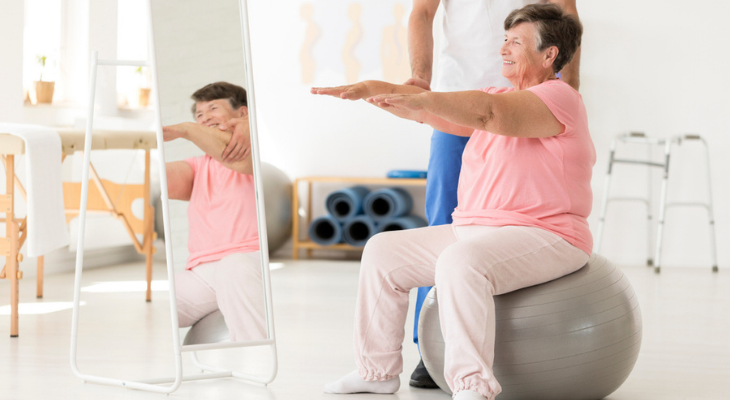Chiropractic Care for Frozen Shoulder Syndrome
Simple movements become painful or impossible when you have adhesive capsulitis, commonly called frozen shoulder. When your shoulder joint doesn’t move freely, it’s hard to raise your arm to retrieve a box of cereal from a high shelf, change a light bulb, or even hug a friend. Luckily, your chiropractor offers natural treatments that will improve your range of movement and decrease pain and inflammation.
How a Frozen Shoulder Develops
Your shoulder joint is surrounded by a layer of connective tissue called the shoulder capsule. If you injure your shoulder or have surgery, the connective tissue that forms the capsule may thicken or tighten, restricting the movement of your shoulder joint. Scar tissue, or adhesions, may also begin to form, limiting movement even more. You can also develop a frozen shoulder even if you don’t remember injuring the joint.
Freezing is the first phase of the condition. While your shoulder is freezing, pain is common. You may also notice that it’s a little difficult to move your shoulder. Once the condition reaches the frozen stage, pain may decrease, but raising or moving your arm will become very difficult.
Eventually, your shoulder will begin to thaw on its own. Unfortunately, the thawing process can take 6 months to 2 years, according to the American Academy of Orthopaedic Surgeons.
How Chiropractic Treatment Can Speed the Thawing Process
If a year or two sounds like a long time to wait to use your shoulder, it’s time to pay a visit to your chiropractic. Chiropractic treatment can relieve your pain and improve your ability to move your shoulder. After performing an examination and possibly ordering a test or two to determine the severity of your condition, your chiropractor may recommend one or more of these treatment options:
- Spinal Manipulation. Your issues may not be solely limited to your shoulder if you have a frozen shoulder. Tightness in your shoulder capsule can stress nearby muscles, triggering muscle spasms and pulling the vertebrae in your spine out of alignment. Spinal manipulation, a hands-on chiropractic treatment that realigns your spine can be helpful. Manipulating your collarbone and shoulder may help relieve stiffness and spasms and improve your range of motion.
- Niel Asher Technique. This painless technique involves stretching and manipulating the bones and tissues in the joint to loosen the shoulder. The technique can decrease pain and reduce stiffness and swelling that limits shoulder movement.
- Massage and Soft Tissue Mobilization. Your chiropractor may use one or both of these therapies to break apart adhesions and loosen tight tissues that prevent your shoulder joint from moving freely. Treatments also improve blood flow and trigger the release of natural chemicals that act as pain killers.
- Electrical Nerve Stimulation. Electrical nerve stimulation therapy prevents pain signals from reaching your brain. If your brain doesn’t receive the signals, you won’t feel pain. During the treatment, a gentle electrical current is delivered through electrodes placed on your skin.
- Stretching Exercises. Your chiropractor will teach you several exercises that will help loosen your shoulder joint and improve your range of motion. Performing the exercises between visits to the chiropractic office will help you avoid setbacks in your treatment.
A retrospective case series published in the Journal of Chiropractic Medicine in 2012 revealed the positive effects of chiropractic treatment for frozen shoulder. Of the 50 cases reviewed, 16 patients experienced 100 percent improvement, 25 had 75 to 90 percent improvement, 8 patients noticed 50 to 75 percent improvement, and one showed 0 to 50 percent improvement after treatment. The length of treatment ranged from 11 to 51 days.
Are you ready to try chiropractic treatment for your frozen shoulder? Call our office to arrange your visit.
Sources:
Chiropractic Economics: Thawing Out the Frozen Shoulder, 2/4/15
American Academy of Orthopaedic Surgeons: Frozen Shoulder
Niel Asher: Trigger Point Therapy – 5-Ste- Shoulder Technique, 11/24/18













